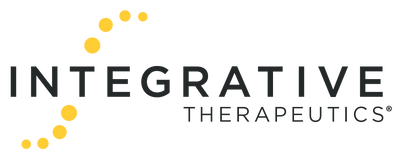Recent research has reaffirmed the power of eating lipids of the right type in the proper ratios. This is in stark contrast to the fear of dietary lipids that plagued us for so many years. Lipids, or more technically triglycerides, are an essential macronutrient for the human body and of high importance for the structural integrity of many areas throughout the human body, especially within the brain and nervous system. The elaborate symphony of physiology necessary for the digestion of lipids is important to understand.
Physiology of the Digestion of Lipids
Lipids are not water soluble, so special processes must exist to allow this macronutrient to enter circulation in a usable form. Lipids will actually make their way to the small intestine prior to any appreciable amount of digestion occurring. Due to the other digestive processes affecting carbohydrates and protein, dietary lipids arrives in the proximal small intestine as a fat globule.
Emulsification
At this point bile is mixed with the fat globule and digestion begins. The bile salts contained in bile are powerful emulsifiers and begin to break the large globule down into many smaller droplets to increase the surface area and aid in the next step of the digestive process.

Hydrolysis
The enzyme lipase, produced in the pancreas, can only work on the surface of triglyceride droplets, so thorough emulsification is essential to the appropriate action of pancreatic lipase. As lipase interacts with the triglyceride molecule, the first and third position fatty acid are cleaved from the remaining 2-monoglyceride. As this occurs, bile is still present to mix with and micelles are formed.

Absorption
Once micelles are formed they work through the small intestine coming into contact with the brush border of enterocytes, which results in being taken up into the epithelial cells. At this point the fatty acids and monoglyceride are transported to the endoplasmic reticulum in which they are reconstructed as a triglyceride which is then combined with cholesterol, lipoproteins, and other lipids in the Golgi Apparatus to form a chylomicron. Exocytosis occurs dumping the chylomicron into the extracellular space progressing to the lymphatic system which quickly drains into the blood to be broken down and utilized throughout the body. This process is unlike sugars and amino acids which are directly absorbed into capillary blood.1

Not all Lipids are Equal
Medium-chain triglycerides (MCTs) are treated a bit different in how the body absorbs them, creating unique situations in which their ingestion may be advantageous. MCTs are able to passively diffuse from the GI tract directly to the portal system with no need for the presence of bile salts for digestion, very similar to that of sugars. This is especially important for those suffering from malabsorption, improper lymphatic function, or problems with fatty-acid metabolism. MCTs are useful due to the ease of absorption and ability to act as a readily available source of energy.2

The digestion of lipids varies depending on the number carbons in their chain, but it is very important to understand how each is metabolized for use within the body. With greater understanding of the aforementioned processes, one can more effectively determine appropriate means to support the body's ability to yield the powerful benefits of the digestion of healthy lipids and understand when an alternate form of a lipid, such as MCT, is necessary due to specific needs of an individual.
REFERENCES
- Guyton A et al.Textbook Of Medical Physiology. Philadelphia: Saunders; 2000.
- Liska D et al. Clinical Nutrition. Gig Harbor, Wash.: Institute for Functional Medicine; 2004.

